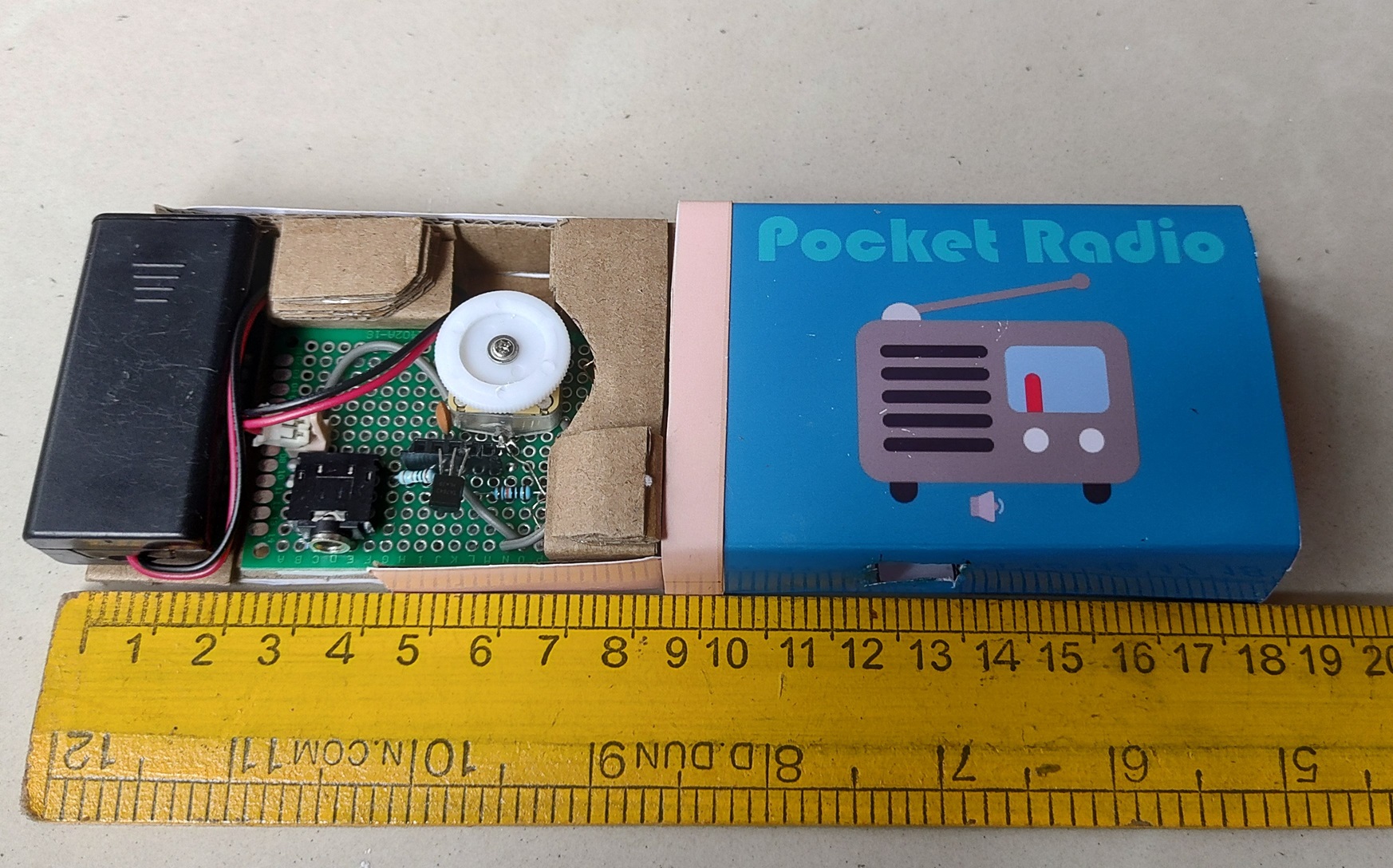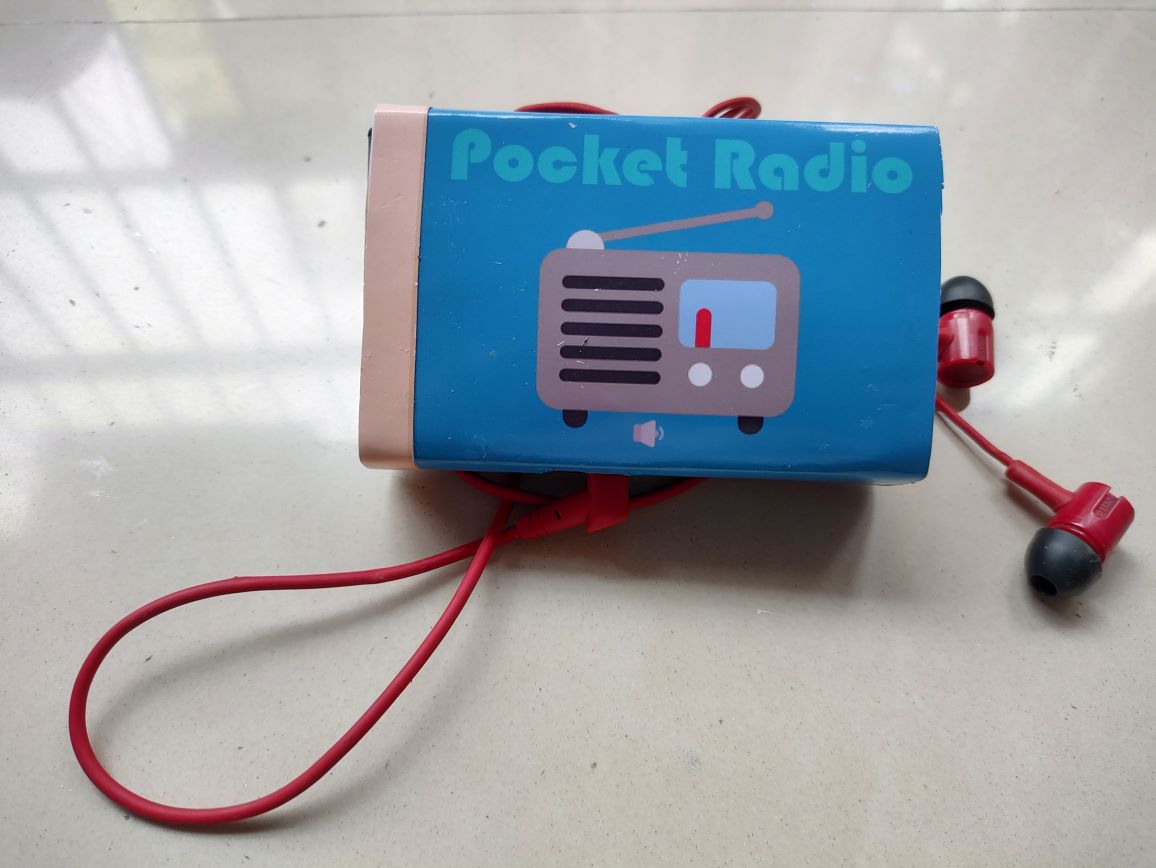
For a long time, I’ve been fascinated by radio and wireless communication. It’s thrilling to receive messages from faraway lands and listen to them on the radio.
Summer of 2003
During my Electronics Engineering studies, I began to understand how radio communication works. I wondered if I could make a simple circuit to receive radio broadcasts. At that time, I had basic dial-up internet access and wanted a circuit that could run on just a few batteries. I kept hearing about “Crystal Radio“ in my searches, and a tutorial on scitoys.com amazed me. It seemed unbelievable that I could make an AM receiver without batteries.
I tried making the crystal radio mentioned on the website, but it was challenging to find the right components, especially crystal earphones. Eventually, I managed to assemble the circuit using a handset from a landline telephone unit as a listening device. However, due to my lack of experience and knowledge, I couldn’t get it to work. Later, I learned that radios need a long antenna, which I wasn’t keen on trying.
I found some circuits on the internet using OPAMs and a 9V supply, but I wanted something that could run on 3V. So, I decided to create a basic circuit using an LM358, a germanium diode, a handwound inductor, and a telephone headset as an earphone. After some adjustments, I could hear a medium wave station in Mumbai. Although it was only one station, I was impressed with my creation. The radio had only 5-6 components and worked with 3 AA batteries back in 2003.
Twenty years later
Almost 20 years later, during the Covid-19 pandemic, I revisited my interest in electronics and computers to keep myself busy. I tried recreating the AM radio circuit from 2003, but it didn’t work. I searched for a simple circuit with fewer components and came across specialized AM radio ICs like MK484 and ZN414, YS414. Despite my initial hesitation, I came to realize that the landscape around me had shifted significantly in the span of 20 years. The increase in radio interference and the proliferation of buildings in my vicinity posed new challenges, making it more difficult to replicate the success of the old circuit.
Nothing like good old times
After many attempts, I accepted that creating a radio without a specialized IC was almost impossible. So, I ordered an AM radio kit with the IC (TA7642) and focused on creating a simple circuit using just the IC and a few other components (I ended up only using three components from the kit the TA7642, inductor and variable capacitor). The simplest circuit I could find using TDA7642 was this : https://www.circuits-diy.com/simple-am-radio-reciever-circuit-using-ta7642-ic/
Success at last
The simplicity of this circuit caught my attention, especially its requirement of just 1.5 volts to operate. Initially, I doubted its authenticity and overlooked it. However, after numerous failed attempts with other circuits, I decided to experiment with it. Using whatever resistors I had on hand initially resulted in the circuit not functioning properly. However, before dismantling it, I opted to replace them with proper value resistors. To my astonishment, the circuit worked flawlessly. I was amazed to see how such a compact circuit could effectively drive headphones. Although attempts to amplify the output for speakers failed, I’m eager to try again in the future. I managed to tune into 3 different stations and even made a small case for my radio.





